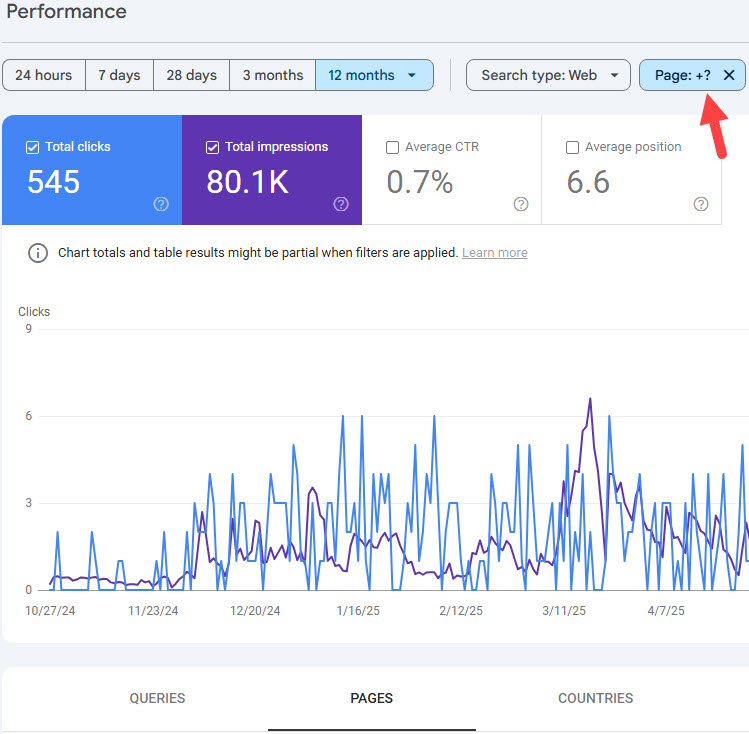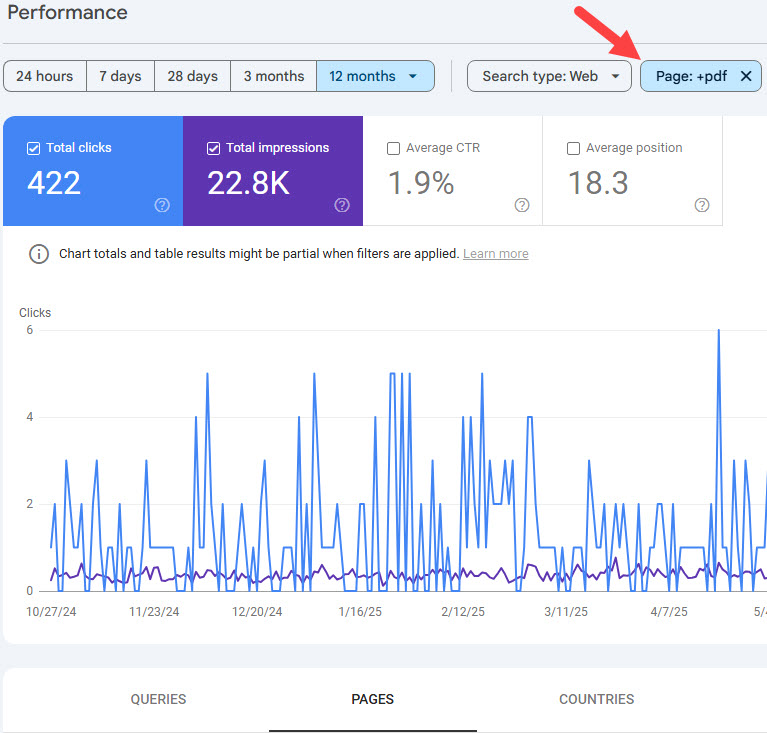Scrawny pages get a bad rap. Certain types of low-content pages, when employed wisely, can fill gaps in your business’s SEO armor. They can rank not only in the organic results, but also in the Google Maps 3-pack results, and sometimes even in the up-and-coming AI results.
Contrary to popular belief and most SEO dogma, not all pages on your site need to be long or detailed to rank well. One way you already know that’s true is: how many times have you seen a featherweight page or post punch way above its weight in the search results and thought, “That’s it?” The search results are not stacked from top to bottom with info that’s meticulously researched and organized – to put it kindly. Google didn’t become Google by handing everyone a stack of PhD dissertations, but rather by offering a variety of search results that can satisfy the searcher. It’s always possible that a high-ranking skinny page has good backlinks, or is on a domain with tons of good backlinks, or has ranked for years and become one of Google’s golden children. Those factors matter a great deal, as you may know.
The point is that some types of pages don’t need a specific bodyweight to be strong. It’s fine if they are hefty, and it’s fine if they’re not. Whether wafer-thin pages have a place on your site, in Google’s index, and in your SEO strategy depends simply on this: do they serve a describable purpose other than you hope they rank?
Certain kinds of thin pages tend to serve a clear purpose, and those pages also tend to rank well. These types of pages can complement the rest of your local SEO in all kinds of ways, and in general I suggest you create them when you see an opening to do so.
Examples of “skinny” pages that can be effective include those with little or nothing on them but:
1. A video, typically and preferably in the form of an embedded video from your YouTube channel. (Google even encourages these, in the form of dedicated “watch pages”.) Here’s an example.
2. A photo, particularly if you’ve optimized it thoroughly.
3. A review or testimonial.
4. Links to other pages or to review sites.
5. Contact info – i.e. what you’d find on the typical “contact” page.
6. Your business hours.
7. Your service area.
8. A “store locator” map or similar functionality.
9. Dynamic pages, which your site may have if it has any ecommerce component to it.

10. A few sentences in another language.
11. An embedded PDF or a link to a PDF that’s on your server.

If you create a page that contains nothing besides one of the items I mentioned above, there’s a decent chance it will scoop up some rankings. That’s much more likely if you lay down at least a few internal links to each page, if you write an effective title tag for it, and if your site-wide footer makes your service area (or locations served) unmistakably clear. For good measure you’ll probably want to request indexing in Search Console as soon as the page is up.
I also suggest you have clear and intuitive navigation, particularly in your main menu. Don’t just have a tiny hamburger menu way off to one side of the screen, because everyone will miss it and nobody who lands on one of your “skinny” pages will venture farther into your site. You want anyone who finds you through a skinny page to find quickly what he or she is looking for, and then to take the next step (whatever that may be).
Generally, skinny pages won’t bust down the saloon doors, but they can help you pick up some long-tail rankings, and they can help your GBP page show up as a local one-box result (that is, the only Google Maps result). Once in a blue moon they might even surprise you on competitive local search terms you’ve struggled to show up for. So that’s what you have to gain.
What’s the possible downside? From what I’ve seen, the worst that can happen is Google doesn’t index your skinny page. But even then probably all you’ll need to do is add a few more internal links to it and maybe expand it a bit.
None of this should change your overall strategy much, if at all. Here are my SOP suggestions for you:
a. When in doubt, err on the side of making most pages comprehensive and detailed. Your homepage and “service” pages, in particular, pretty much always should be on the longer side, because they need to cover a lot of terrain. In other words, not every page on your site should be skinny. That would be dumb.
b. Create a skinny page whenever you want to provide one quick thing on it (a YouTube embed, a large photo with a caption, your contact info, etc.). Don’t shy away from creating a skinny page just because it will be skinny. It will not hurt, and it may help. You can always expand it later, if you want or need to.
c. Don’t consolidate or redirect thin pages by default. If you have a skinny page that’s been indexed for 2 years and hasn’t yielded more than a few blips in impressions, sure, consider recycling it. But if it’s producing a dribble of impressions and even a few clicks, let it cook for a while.
d. Don’t try to prevent the crawling of any subdirectories on your site where thin (but generally useful) pages are located. For example, on a WordPress site, most of the good stuff will be in the /wp-content/ subdirectory, so your robots.txt file should not disallow that one.
e. If applicable, create “city” pages with nothing on them (or nothing unique on them) other than photos or videos of work you’ve done in those cities. Of course, if you have more content you want to add, add it. All I’m saying is don’t put off creating a “city” page just because you don’t have a lot to write at the moment.
f. Study all of your pages – including the skinnies – in Google Search Console. Just see what kind of effect they have collectively on your impressions and clicks. Also, be on the lookout for accidental rankings.
Even if you don’t go out of your way to create a bunch of single-purpose skinny pages, at least don’t avoid creating them, and don’t assume you should shake them off of your site. Roll around in them and see if that helps your fur coat.

